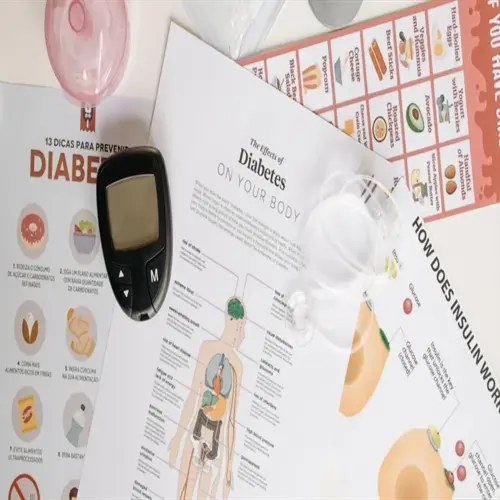What makes visceral fat more dangerous than subcutaneous fat?

Written by
Robert Kelly
Reviewed by
Prof. Benjamin Murphy, Ph.D.Visceral fat is considered more dangerous for your health than subcutaneous fat because of its activity and location. Unlike subcutaneous fat, which is stored under the skin, visceral fat is located around internal organs, such as the liver and intestines. This deep abdominal fat leads to the release of inflammatory substances called cytokines, which cause damage to adjacent tissues and affect metabolic processes.
Metabolic Disruption
- Insulin resistance: Blocks glucose uptake in cells
- Leptin interference: Disrupts hunger signals
- Fatty acid release: Floods liver with triglycerides
Inflammatory Effects
- Cytokine production: Triggers chronic inflammation
- Organ compression: Impairs liver/kidney function
- Blood vessel damage: Increases plaque formation
The liver metabolizes visceral fat in a manner distinct from that of subcutaneous depots. When visceral fat is mobilized, it releases free fatty acids directly into the portal circulation, which then reaches the liver. This supply of free fatty acids results in non-alcoholic fatty liver disease and insulin resistance. Subcutaneous fat releases free fatty acids into the general circulation with less direct impact on organ function.
Measuring visceral fat requires specialized techniques since this fat cannot be seen externally. DEXA measurements and MRI are accurate ways to measure visceral fat because they provide cross-sectional imaging. A waist circumference greater than 35 inches (women) or greater than 40 inches (men) may suggest the presence of visceral fat and should be confirmed clinically.
Targeted reduction strategies differ from general fat loss. High-intensity interval training reduces visceral fat 3 times faster than steady cardio. Soluble fiber binds to visceral fat compounds for elimination. In my practice, clients whose visceral fat I help reduce see improvements in their blood pressure within weeks.
Read the full article: Understanding Body Composition Analysis: A Full Guide

